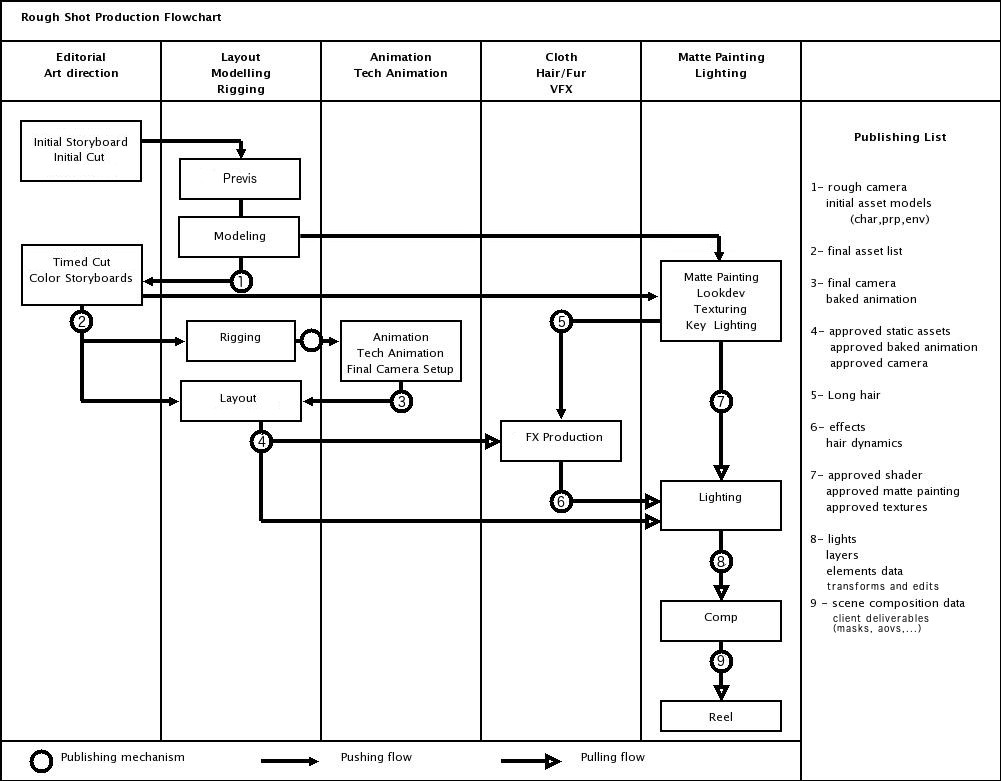Views :
1,129





3Dprinting (172) A.I. (665) animation (335) blender (194) colour (225) commercials (46) composition (150) cool (358) design (627) Featured (65) hardware (302) IOS (109) jokes (134) lighting (278) modeling (116) music (183) photogrammetry (171) photography (744) production (1233) python (84) quotes (485) reference (305) software (1319) trailers (295) ves (522) VR (219)
Author: pIXELsHAM.com
-
-
Simon Sinek’s about social addition apps and success
One of The Most Eye Opening Videos
Simon Sinek on Millennials in the Workplace
Simon Sinek: CHANGE YOUR FUTURE
-
-
Optical illusions help understand how we see
Our senses are not fragile otherwise we wouldnt be here…
The brain did not evolve to see the world the way it is but the way it was useful to see it.
-
Dr. Bruce Lipton Explains how we are programmed in the first 7 years and how to improve afterwards through repetition
Practice effectively
Great players don’t get better, they get more consistent.
Quincy Jones says: Knowing where u come from makes it easier to get where you going.
COLLECTIONS
| Featured AI
| Design And Composition
| Explore posts
POPULAR SEARCHES
unreal | pipeline | virtual production | free | learn | photoshop | 360 | macro | google | nvidia | resolution | open source | hdri | real-time | photography basics | nuke
FEATURED POSTS
-
RawTherapee – a free, open source, cross-platform raw image and HDRi processing program
-
Free fonts
-
Animation/VFX/Game Industry JOB POSTINGS by Chris Mayne
-
Gamma correction
-
VFX pipeline – Render Wall management topics
-
PixelSham – Introduction to Python 2022
-
Film Production walk-through – pipeline – I want to make a … movie
-
AI Data Laundering: How Academic and Nonprofit Researchers Shield Tech Companies from Accountability
Social Links
DISCLAIMER – Links and images on this website may be protected by the respective owners’ copyright. All data submitted by users through this site shall be treated as freely available to share.


